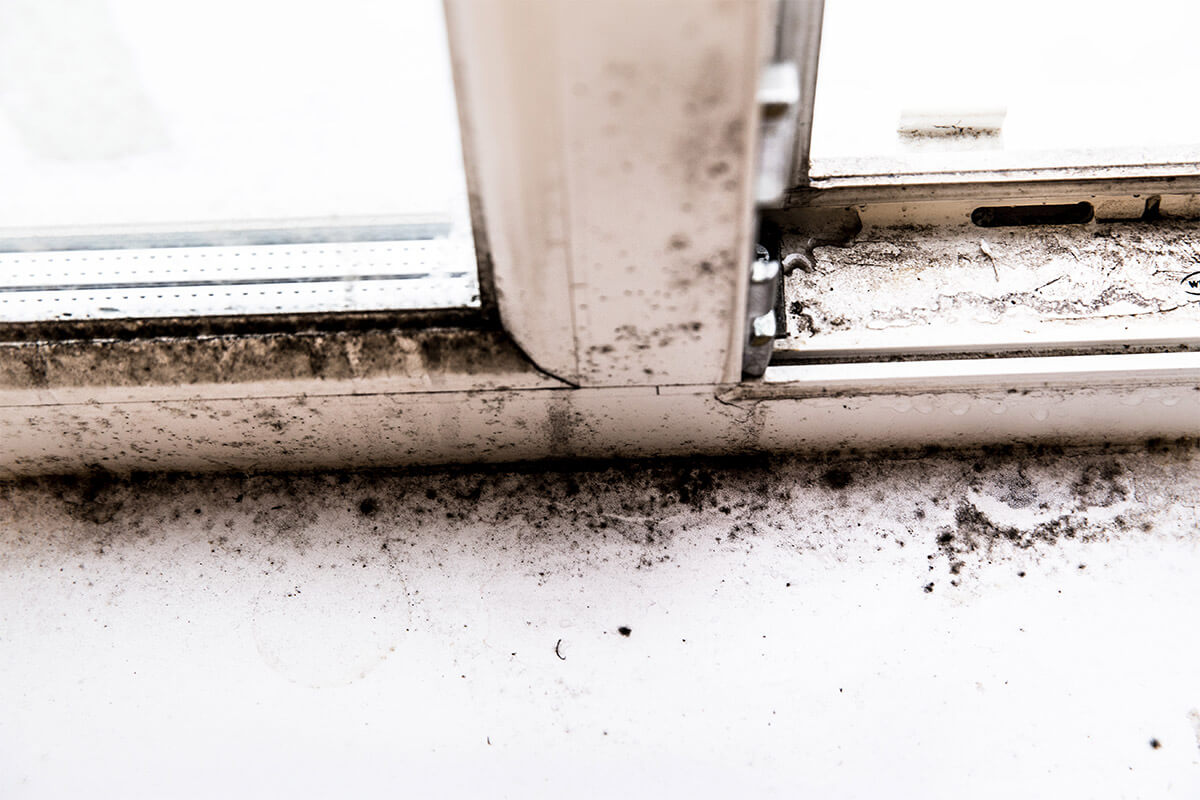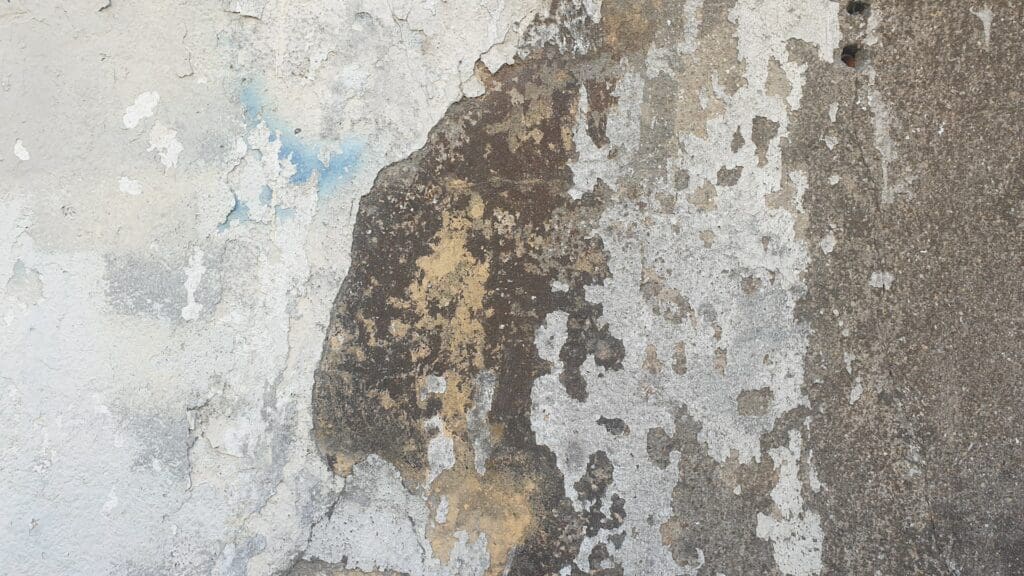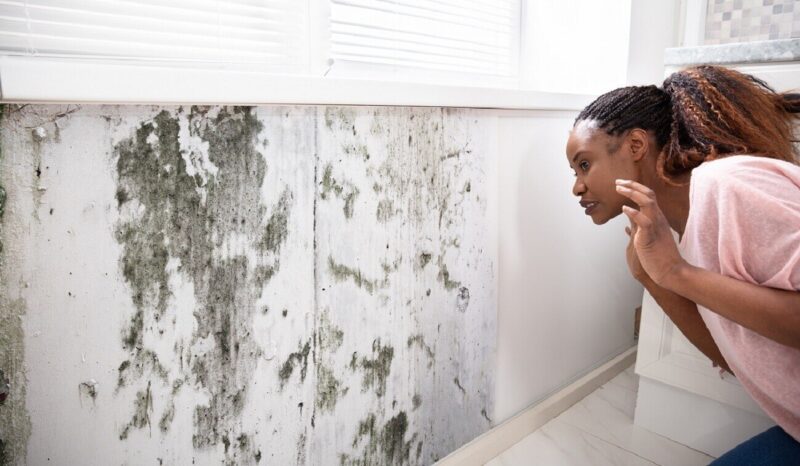Basements often serve as the overlooked underbelly of our homes, where forgotten boxes and dusty knickknacks gather dust. Yet, this subterranean space can become a breeding ground for mold if not properly maintained.
Understanding the importance of mold prevention is essential not just for preserving the integrity of your home, but also for protecting the health of your family. From controlling humidity levels to proper ventilation, there are numerous strategies you can employ to stave off this unwelcome intruder.
Armed with the right tips and proactive measures, you can keep your basement mold-free and transform it from a damp storage area into a safe, usable space. Let’s dive into the best practices for maintaining a mold-free basement, ensuring your home remains a sanctuary of comfort and safety.
Control Humidity Levels

Controlling humidity levels in your basement is essential for preventing mold growth. Ideally, the humidity should be kept below 60%.
To achieve this, invest in a dehumidifier that suits the size and layout of your basement. Regularly checking the humidity with a hygrometer can help you stay on top of conditions that favor mold, especially during humid months.
Additionally, consider ventilation; opening windows or installing vents can bring in drier air. Sealing cracks and openings in your walls also plays a vital role, preventing outside moisture from infiltrating.
Remember, a proactive approach to humidity management not only keeps your basement mold-free but also contributes to the overall health of your living environment.
Improve Ventilation
Improving ventilation in your basement is a pivotal step in the fight against mold. First, consider installing exhaust fans that whisk away humid air, creating a drier environment where mold struggles to thrive.
Furthermore, opening windows, when weather permits, can bring in fresh air, helping to disperse stale, moisture-laden air that often lingers in subterranean spaces. Additionally, using dehumidifiers can significantly reduce humidity levels, pulling excess moisture from the air and keeping your basement dry.
Remember, even small adjustments—like leaving doors open during dry months or ensuring air vents are free from blockages—can significantly enhance airflow. Ultimately, a well-ventilated basement is not just a comfort; it’s a crucial barrier against mold growth.
Insulate and Seal Cracks

To effectively combat mold growth in your basement, insulating and sealing cracks is essential. Start by surveying your space for any gaps or fissures in walls, floors, and around windows—these tiny openings can invite moisture and humidity, creating a perfect breeding ground for mold spores.
Use quality caulk or expanding foam to seal these cracks tightly, ensuring you pay special attention to places that may be less visible. Insulating exposed pipes can also help fend off condensation, which contributes to dampness.
After sealing, consider adding insulation to exterior walls; not only does this help maintain a consistent temperature, but it also reduces the likelihood of condensation forming on cooler surfaces. Remember, a well-maintained basement is your first line of defense against pesky mold; taking these proactive steps can significantly enhance your homes health.
Conclusion

In conclusion, maintaining a mold-free basement requires a proactive approach that combines regular inspection, effective moisture control, and proper ventilation. By implementing the tips outlined in this article, homeowners can significantly reduce the risk of mold growth and create a healthier living environment.
Additionally, for those in the Tampa area who suspect mold issues or want to ensure their efforts are effective, professional mold testing Tampa can provide valuable insights and ensure peace of mind. Taking these steps will not only protect your basement but also enhance the overall comfort and safety of your home.


